Hearty and delicious, chicken & mushroom congee is a classic breakfast. Instead of the usual lengthy process, my recipe introduces a quick method to cook it in just 15 minutes. Vegetarian/vegan adaptation is included.
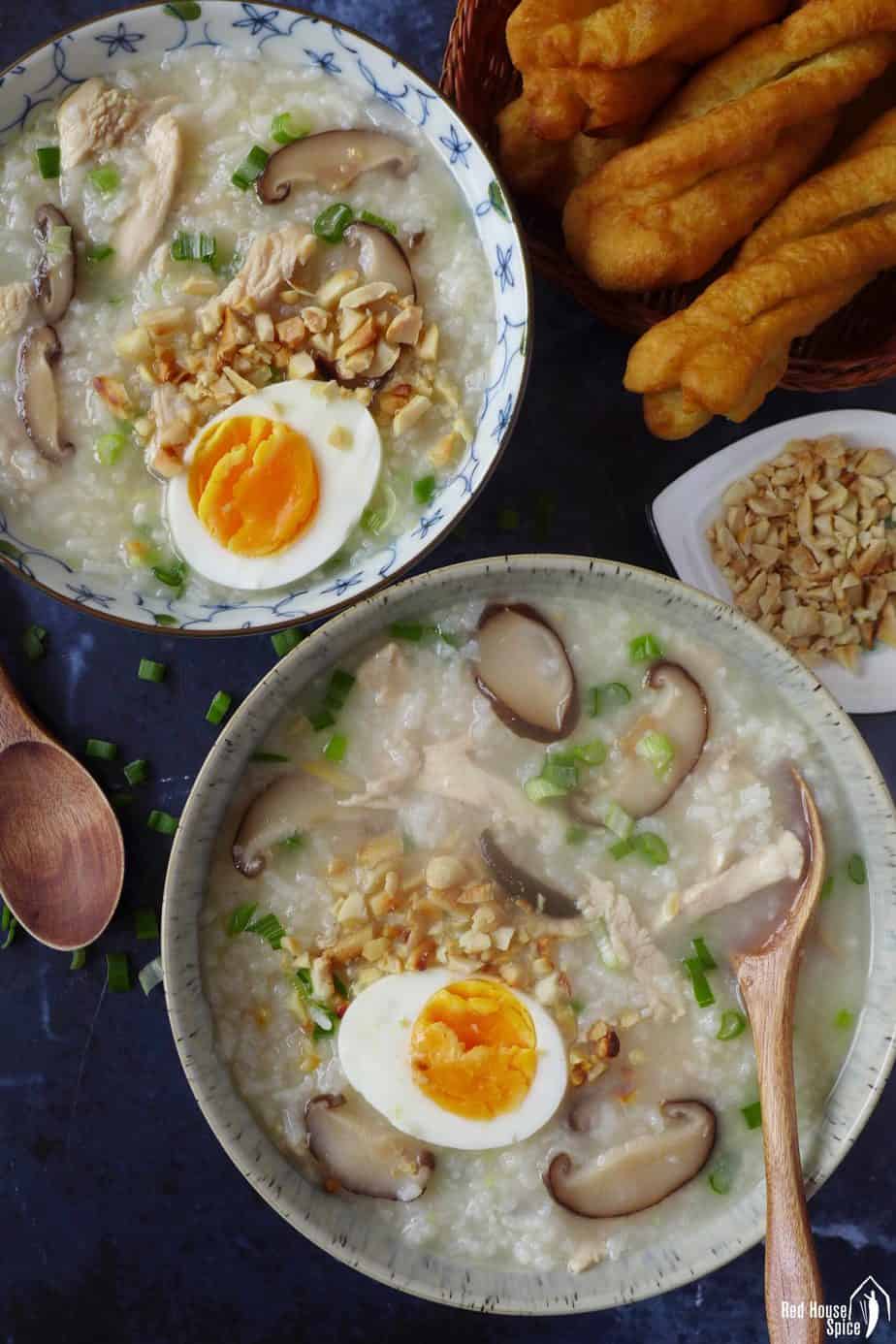
Jump to:
What is congee
Known as Zhōu(Jook)/粥 or Xī Fàn/稀饭 in Chinese, congee is a classic breakfast dish which is popular across China. Essentially, it refers to rice porridge consisting of white rice cooked in water to a semi-solid consistency. Sometimes, other starchy ingredients are also included, such as millet, mung beans, adzuki beans, sweet potato, pumpkin, etc.
In northern regions, it’s very common to eat plain congee for breakfast and multi-course dinner as a staple together with Buns like Mantou, or Bings like scallion pancakes.
Whereas in southern China, particularly in Canton/Hong Kong, congee is often made savoury with meat, vegetables, seasoning and various toppings. Today’s chicken & mushroom congee is a classic example of Cantonese congee.
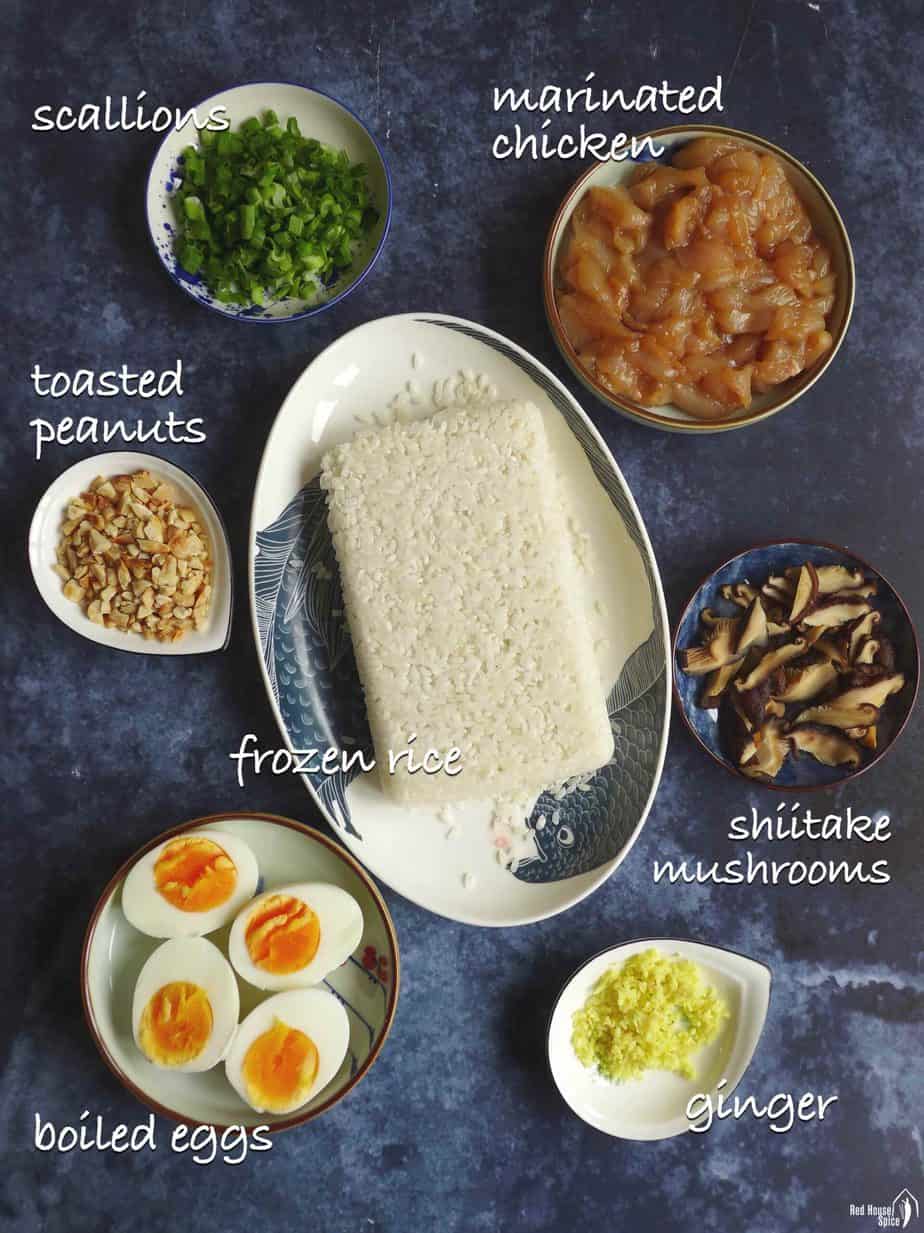
Rice: type and ratio
Choose white rice
Typical Chinese congee calls for white rice. My favourite is Dongbei Da Mi/东北大米, a type of rice from the northeast region of China, of which the kernels are very small and oval-shaped. Japanese rice and Thai jasmine rice also create a great result. Basmati rice is not suitable for making this congee.

The ideal ratio
My recommended rice-to-water ratio is 1: 6 by volume. That is to say, for every cup of rice, you would use 6 cups of water. However, please be aware that there are two factors that might encourage you to alter it a little.
- If you prefer a more watery texture for congee, add another part of water.
- The performance of your cooker might affect how fast the water evaporates. Adjust accordingly.
A quick method
Freeze the raw rice
Cooking congee was a time-consuming task for me until the moment when one of my friends in China taught me a “Quick Solution”: freeze the raw rice overnight then cook as usual.
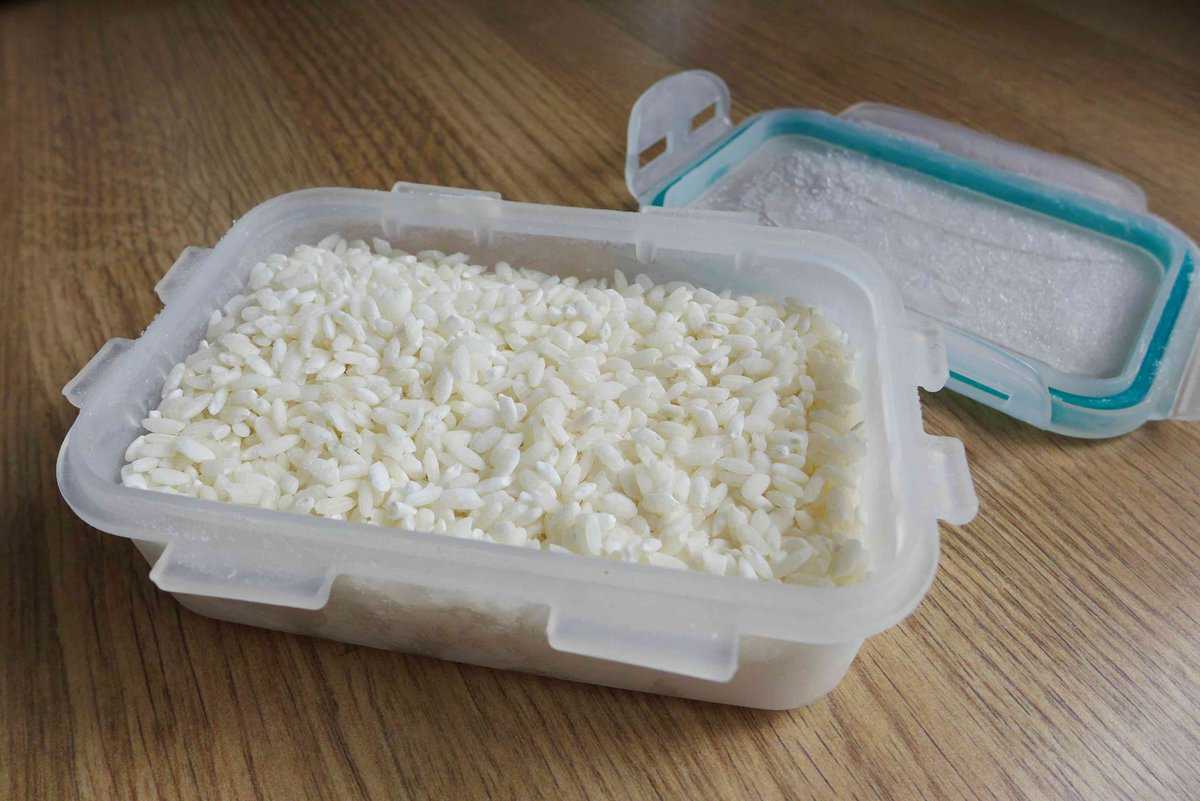
It takes only about 15 minutes from start to finish to cook a pot of soft, creamy congee. Since then, I always have some rice in my freezer and I make congee even on busy mornings or whenever I feel like it.
Here is why frozen rice works wonders for congee making: After rinsing under running water, the rice grains absorb some moisture. During the freezing process, the moisture expands over time thus forcing the grains to crack (even though not visible to the naked eye). This dramatically reduces the cooking time. You might have seen congee recipes using broken rice which follows the same principle.
The cooking procedure
With frozen rice, it only takes 15 minutes to cook a pot of delicious chicken & mushroom congee. Here is the sequence and time required:
- (2 mins) Pour boiling water into a pot. Put in the frozen rice, mushroom & salt. Once it starts to boil again, turn down the heat to the lowest.
- (10 mins) Leave to simmer for 10 mins (covered). While waiting, marinate the chicken.
- (1 min) Add the marinated chicken & ginger to the rice. Cook for 1 min.
- (1 min) Turn off the heat. Leave to sit for a further 1 min.
🌟NOTE: This recipe works very well using a regular pot (no rice cooker, instant pot needed). If available, deep clay pots or cast iron casseroles are preferable for their superior heat-retaining performance.
Tenderize the chicken
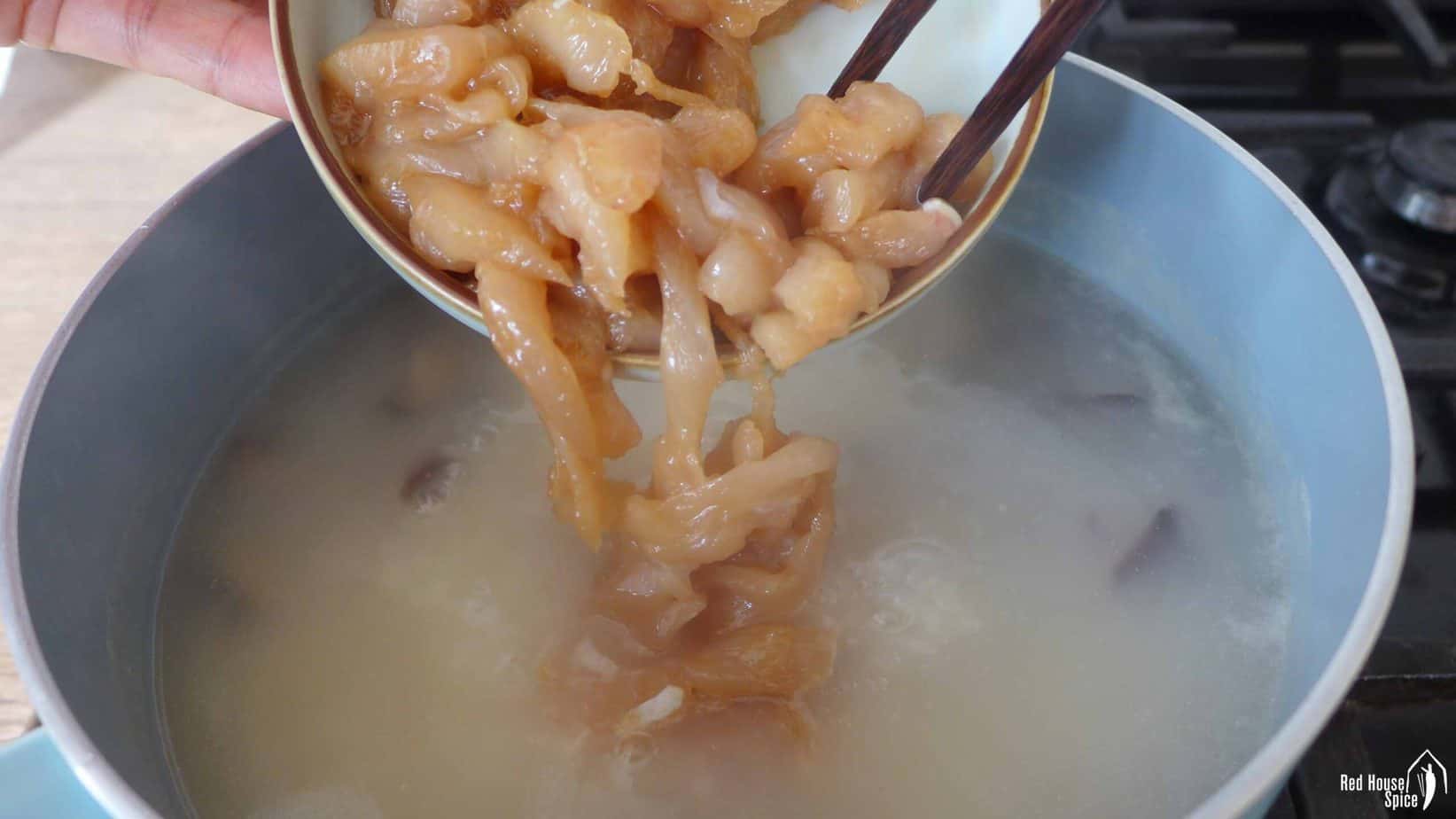
Nothing is worst than having tough, chewy, plain flavoured meat in a bowl of fresh congee. How to make the chicken a nice accompaniment to the dish (instead of letting it ruin the taste)? Here are my tips:
- Cut the chicken into narrow strips or thin slices. Make sure you slice against the grain of the meat. This will ensure the maximum tenderness.
- Marinate the chicken before cooking. A combination of soy sauce, oyster sauce, sesame oil & white pepper adds great flavours. Shaoxing rice wine helps to eliminate the gamey taste. Cornstarch is used to tenderise the meat.
- Do not overcook the chicken. Add the chicken (along with minced ginger) into the congee at the very end of the cooking process. After one minute turn off the heat, then leave to sit for a further 1 minute. Prolonged cooking is not necessary and may result in a tough texture.
You may use other meat to replace chicken, such as pork, beef, turkey or fish fillet. Follow the same instruction: thinly cut, marinate & cook briefly.
Make it vegan
By the way, you can twist this recipe to make it vegan. Here are some ideas:
- Replace the chicken with five-spice tofu or smoked tofu
- Make it a mushroom congee using a variety of mushrooms, such as king oyster, enoki, wood ear, etc.
- Use vegetable stock instead of water to boost the flavour
- Add crunchy vegetables, eg. sliced iceberg lettuce, grated carrot, etc.
What to eat with
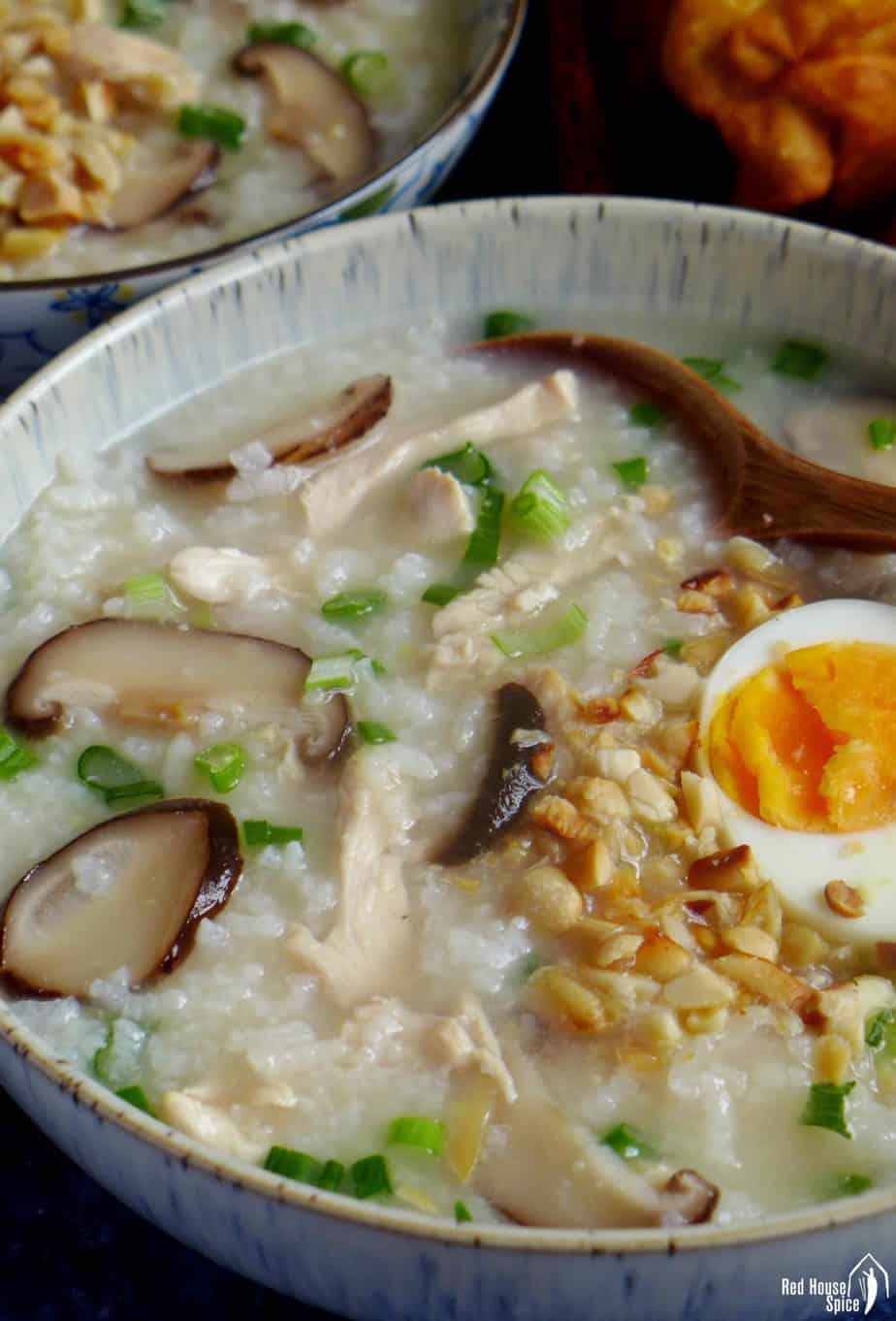
Now, a pot of chicken & mushroom congee is made in just 15 minutes. Stir in finely chopped scallions and it’s ready to be tucked in. When shooting this recipe, I add two toppings for extra nutrients, flavor and texture:
- Half of a hard-boiled egg, or marble tea egg, for each bowl
- Some crushed, toasted peanuts that I always have in my pantry (for my beloved Dan Dan noodles & Chongqing Xiao Mian).
I have other topping ideas too:
- Preserved mustard (Zha Cai/榨菜);
- Sliced Chinese doughnut sticks (You Tiao/油条);
- Chinese olive vegetable (Gan Lan Cai/橄榄菜);
- Dried papery shrimp (Xia Pi/虾皮)
- Salted egg yolk (咸鸭蛋)
Make ahead
If you wish to make ahead of time and eat it later on, I suggest you increase the rice water ratio to 1:7 by volume as the rice expands over time. If the consistency seems perfect right after cooking, it will become too thick/solid when it cools down. Add some hot water when reheating if the leftover congee appears to be dense. Stir constantly to avoid burning at the bottom.
That said, I strongly recommend you enjoy the congee right after cooking when the natural fragrance of the rice is at its peak. Unlike some dishes where the flavour intensifies after resting, the taste of rice tends to go bland over time. That is why I am also against the idea of making congee using cooked rice.
Other classic breakfasts
I have a collection of breakfast recipes that are typically consumed in China. Here are some popular ones:
📋 Recipe
Love this recipe? Please leave a 5-star 🌟🌟🌟🌟🌟 rating in the recipe card below & if you REALLY like it, consider leaving a comment as well!
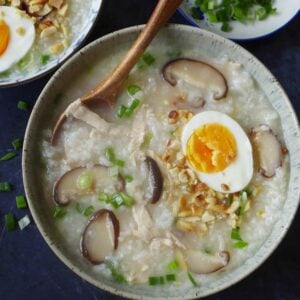
Easy congee with chicken & mushroom (香菇鸡肉粥)
Ingredients
For the rice
- 1 cup short-grain, or jasmine rice (uncooked) - about 210g, see note 1
- 6 cups boiling water - about 1½ litre
- 4 dried shiitake mushrooms - rehydrated & thinly sliced
- ½ teaspoon salt
For the chicken
- 1 piece chicken breast - cut into narrow strips/thin slices, about 150g/5.3oz
- 1 teaspoon light soy sauce
- 1 teaspoon oyster sauce
- ½ teaspoon Shaoxing rice wine
- ½ teaspoon cornstarch
- ½ teaspoon sesame oil
- 1 pinch ground white pepper
- 1 pinch salt
- 1 pinch sugar
You also need
- 1 tablespoon minced ginger
- 2 stalks scallions - finely chopped
- 2 boiled eggs - optional
- 4 tablespoon toasted peanuts - crushed, optional, see note 2
Instructions
Freeze the rice
- The night before you cook the congee, rinse the rice under running water. Drain then put into a container/plastic bag. Freeze overnight.
- Soak dried shiitake mushrooms in water overnight.
Cook the rice
- Pour boiling water into a pot. Put in the frozen rice. Add salt, mushroom and the water in which the mushrooms were soaked (it's full of umami flavour).
- Once it starts to boil again, turn down the heat to the lowest.
- Cover with a lid and leave to simmer for 10 mins.
Marinate the chicken
- While waiting for the rice to cook. Marinate the chicken with all the ingredients listed.
Cook the chicken
- Stir in the chicken strips and ginger. Cook for 1 min then turn off the heat.
- Leave to sit (covered) for a further 1 min.
Assemble the dish
- Add the scallions to the congee. Stir well then transfer into the serving bowls.
- Optional garnish: Top each bowl with half of a hard boiled egg and some toasted peanuts. Serve warm.
NOTES
- What type of rice? Typical Chinese congee calls for white rice, usually the medium or short grain variety. Chinese rice, Japanese rice and Thai jasmine rice all work well. Basmati rice is not suitable for making this congee.
- How to toast peanuts? Over low heat, toast skinless peanuts in a frying pan until they lightly brown. Transfer to a plate immediately to cool down.
NUTRITION DISCLOSURE: Nutritional information on this website is provided as a courtesy to readers. It should be considered estimates. Please use your own brand nutritional values or your preferred nutrition calculator to double check against our estimates.


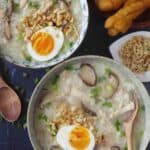
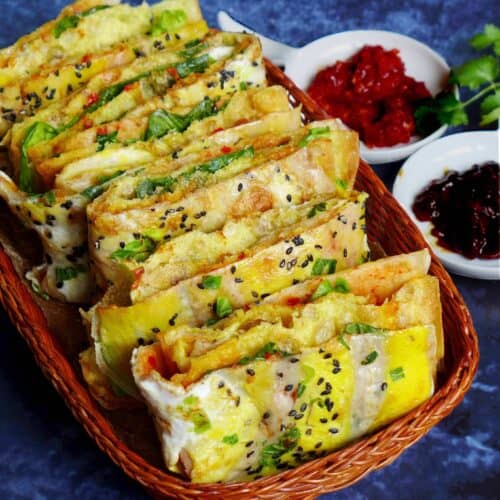
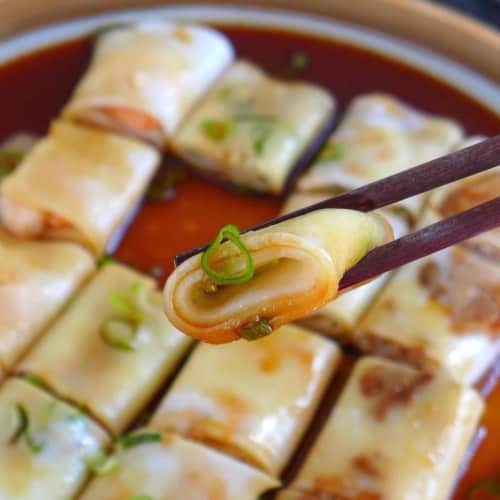
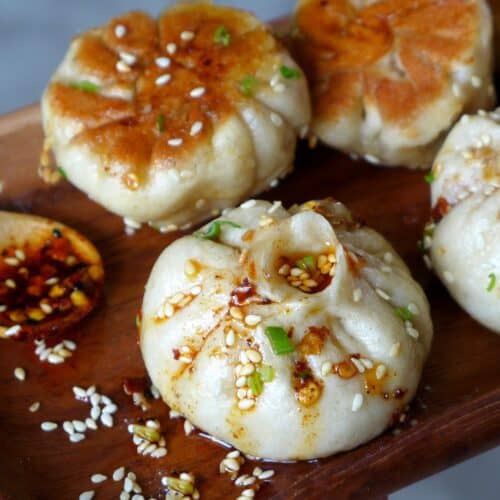
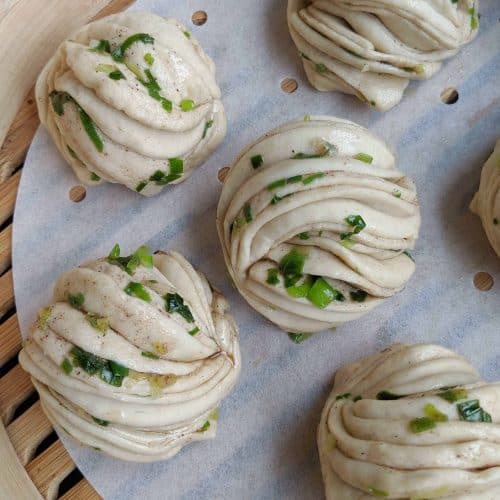
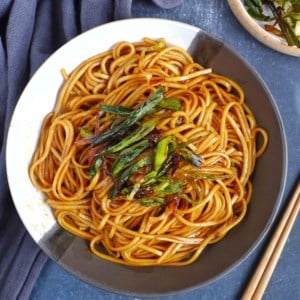
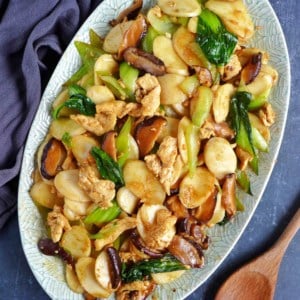
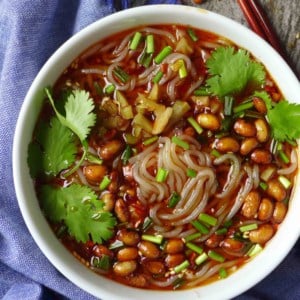
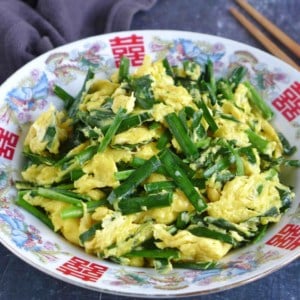
There is a discrepancy between the instructions and the recipe, The instructions state: “My recommended rice-water ratio is 1: 6 by volume. That is to say, for every cup of rice, you would use 5 cups of water.”
while the recipe states to us 6 cups of water to 1 cup of rice.
In science, the rice:water ratio of 1:6 by volume would be 1 cup rice: 6 cups water.
Thank you very much, Roger, for pointing out my typo! I’ve edited the post. Yes, it should be “for every cup of rice, you would use 6 cups of water”.